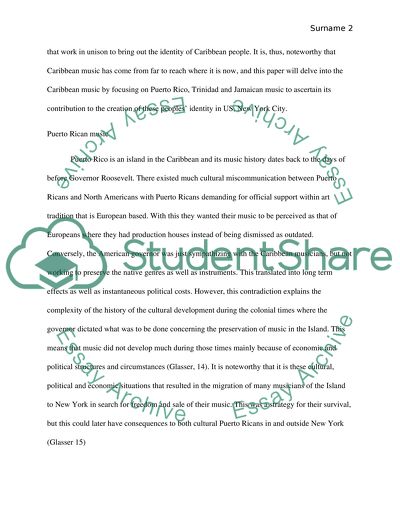Cite this document
(“Creating an Identity through Music in the USA (Hispanic/Latino Essay”, n.d.)
Creating an Identity through Music in the USA (Hispanic/Latino Essay. Retrieved from https://studentshare.org/history/1448437-creating-an-identity-through-music-in-the
Creating an Identity through Music in the USA (Hispanic/Latino Essay. Retrieved from https://studentshare.org/history/1448437-creating-an-identity-through-music-in-the
(Creating an Identity through Music in the USA (Hispanic/Latino Essay)
Creating an Identity through Music in the USA (Hispanic/Latino Essay. https://studentshare.org/history/1448437-creating-an-identity-through-music-in-the.
Creating an Identity through Music in the USA (Hispanic/Latino Essay. https://studentshare.org/history/1448437-creating-an-identity-through-music-in-the.
“Creating an Identity through Music in the USA (Hispanic/Latino Essay”, n.d. https://studentshare.org/history/1448437-creating-an-identity-through-music-in-the.


